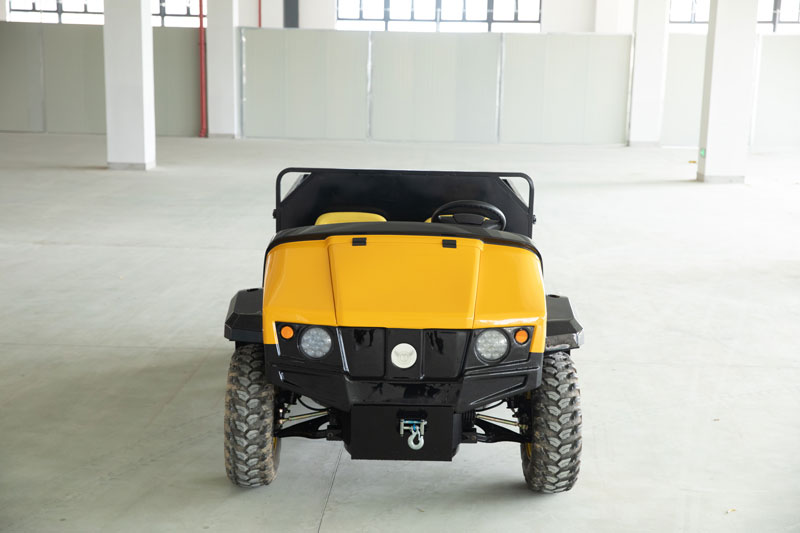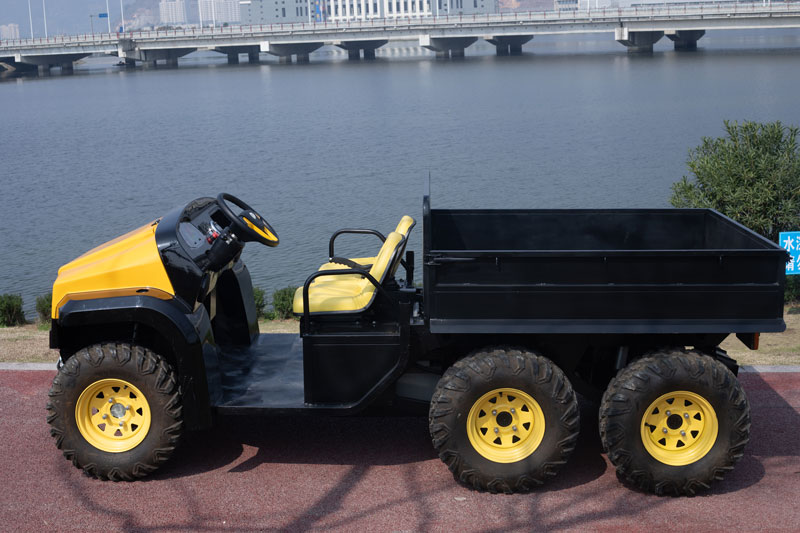UTVs (Utility Task Vehicles) are gaining popularity in off-road activities and farm work due to their versatility and powerful performance. However, to ensure the safety of drivers and passengers, it is crucial to understand and adhere to relevant safety designs and driving techniques.


Firstly, the safety design of UTVs includes stability control systems, seat belts, roll-over protective structures (ROPS), and safety nets. These designs not only enhance vehicle stability but also provide additional protection in case of accidents. Some UTVs are also equipped with automatic emergency braking systems and electronic stability control systems, which are critical for maintaining vehicle control in dangerous situations.
When driving a UTV, you should pay attention to the following tips. First, wear appropriate protective gear, including a helmet, goggles, gloves, and long-sleeved clothing. Beginners should practice in flat, open areas to get familiar with vehicle operation. Maintain a proper speed while driving, and be extra cautious when turning and navigating hills. Avoid aggressive maneuvers on slippery or unstable surfaces to prevent rollovers or loss of control.
UTV maintenance and upkeep are also crucial. Regularly inspect various parts of the vehicle, such as tires, brakes, suspension systems, and lighting systems, to ensure they are functioning correctly. Check the levels of oil and coolant before and after each use, and timely replace or top up as needed. Keep the vehicle clean, especially the air filter and radiator, to prevent clogging and maintain performance.
Additionally, when storing the UTV, choose a dry, well-ventilated place to avoid direct sunlight and weather exposure. It's best to fill the gas tank to prevent internal rusting.
In summary, regular maintenance and upkeep, combined with proper driving habits and a strong safety awareness, are key to ensuring UTV safety and extending its lifespan.
Post time: Jul-09-2024

